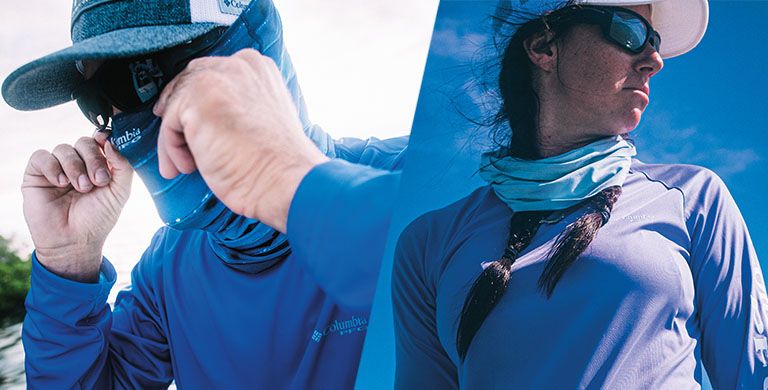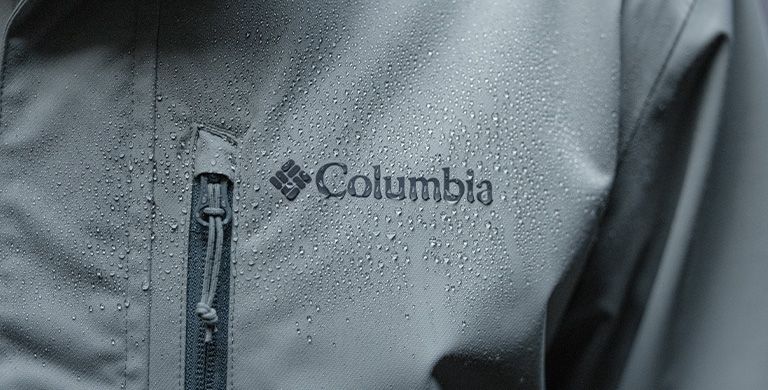TECHNOLOGY
How To Choose a Backpack
From hiking backpacks to urban duffel bags, here’s your guide to picking the right pack for you
BY RACHEL CAVANAUGH
When it comes to choosing a backpack, it can be hard to know where to start. There are a lot of factors to consider, many of which depend on what you’re using the pack for. Hiking backpacks, for example, are designed with different features than travel bags or commuter packs.
To help you make the right choice, we’ve listed seven of the most important qualities to keep in mind when you’re shopping for a backpack. Scroll down to learn more about what you need to know to make an informed decision, along with our recommendations for the best backpacks.
To help you make the right choice, we’ve listed seven of the most important qualities to keep in mind when you’re shopping for a backpack. Scroll down to learn more about what you need to know to make an informed decision, along with our recommendations for the best backpacks.

Durability
First and foremost, make sure the backpack is durable. Whether you’re trekking through the wilderness or commuting around the city, the material needs to be strong enough to handle everyday wear and tear. That said, it also needs to be lightweight—you don’t want to be lugging around extra weight or dealing with something that’s super bulky. Generally speaking, nylon and polyester tend to be the best choices due to their high strength-to-weight ratios. Nylon is a good bet for hiking and backpacking, while polyester tends to work better for around-town bags.
Comfort
It doesn't matter how strong and durable your backpack is if it’s not comfortable. To ensure that you actually want to wear it, look for features like padded or quilted back panels, adjustable sternum straps, or shoulder straps with cushioning. (Bonus points if they’re made with Techlite or other lightweight materials.) If you’re planning on using it for backpacking trips, stick to options with padded hip belts and load-lifting straps. And don’t forget to pack it correctly—according to Ian Kenny, a senior backpack designer at Columbia Sportswear, the heaviest items should be packed closest to your back for optimal comfort.
Cooling Technology
Although it’s not quite as important for backpacks that you wear around town, if you’re going to be backpacking or participating in other outdoor activities, you’ll want a bag with cooling features too. In addition to breathable straps, these might include things like ventilated back panels (which help promote airflow, carrying away sweat and cooling your body via evaporation). These work especially well when they’re slightly suspended from your back. “Suspended mesh back panels provide the most ventilation with open mesh that’s tightly attached to a peripheral frame,” explains Kenny. “It’s like a trampoline, but curved to be ergonomic.”

Water Resistance
Backpacks don’t always need to be 100% waterproof—it depends on where you live and what you’re using them for. However, it’s almost always preferable to have some degree of water resistance or water repellency. (To better understand the differences between waterproofness and water resistance, check out How To Stay Dry: Types of Waterproofing.) Water resistance usually comes from a coating on top of the fabric known as DWR (durable water repellent) rather than from the fabric itself. This makes the water bead up and run off so it can’t penetrate the material as easily.
Buckles, Zippers and Other Hardware
The quality of the buckles, zippers, and other hardware is another thing to consider when you’re in the market for a new backpack. Metal components should be made with sturdy materials that aren’t heavy or cumbersome, and the zippers should be built with snag-free designs. “Zippers are often the first thing to wear out on a pack, so stick to YKK zippers,” Kenny recommends. “These are the industry standard for quality and durability.”

Size
In addition to the qualities above that apply to most backpacks, there are certain factors such as size that depend on what you’ll be using the backpack for, and your personal preferences. Think about how big you need it to be. What kinds of activities will you be doing with it? How much will you be putting in it? Smaller to medium-sized daypacks generally range from 20 to 35 liters, while larger options meant for backpacking and multiday travel fall in the 40- to 55-liter range. Some backpacks come in just one size, while others are offered in a wider range.
Storage and Compartments
Finally, pack size leads to the matter of storage. Think about what the backpack will hold. If you’re going to use it for work or school, you may want features like pen holders, notepad compartments, or laptop sleeves. If it’ll be a bag primarily for outdoor recreation, you might want things like a water bottle holder or a sunglasses pouch. Also think about how you like to organize your belongings. “Storage is a lot about personal preference,” Kenny explains. “Do you like a separate pocket for every little thing, or do you use small bags to organize your items inside a simple bag?”
The Best Backpacks
Now that you have a better idea of what to look for in a backpack, check out some of our favorites.
Bags for Hiking & Day Trips
Our lightweight, and exceptionally durable hiking backpacks are perfect for short hikes and day-trips. Our bags are designed with comfort in mind with features, including adjustable chest straps and padded back panels. Columbia hiking backpacks also feature breathable shoulder straps, along with spacious compartments, and external zip pockets. If you want to keep it minimalist we have several hip and sling bags perfect for carrying water bottles, cell phones, and car keys.
The Best Backpacks for Backpacking
For those longer treks, or if you are conquering a bucket-list thru hike, a
larger backpack is needed. Our durable and extremely lightweight backpacking bags come in sizes ranging from 24L up to 60L. These bags are designed with features to make your days on the trail more comfortable, no matter what nature throws at you.
These perks include:
- Weight-distributing shoulder, sternum, and hip straps
- Extra handy storage pouches and side pockets
- Hydration reservoir compatibility
- Utility straps for lashing down gear like trekking poles, sleeping pads, carabiners, clips and more
- Integrated rain cover
A Water-Resistant Backpack for Fishing
A water-resistant PFG backpack is the perfect fishing buddy whether you are out on the boat or casting a line at your secret spot.
PFG bags are designed to carry all your gear and keep it dry. Our durable fishing backpacks feature rod tube holders, extra pockets for quick access to your essentials, and a fleece-lined sunglasses pocket. Many of our bags also feature an internal laptop pouch perfect for the angler who goes from the boardroom to the river bank.
The Best Backpacks for Travel
Whether you travel for work or pleasure, Columbia's everyday outdoor backpacks have been designed with you in mind. These medium-sized bags showcase tons of features to make traveling easier such as ample storage compartments, separate laptop sleeves, and adjustable sternum and shoulder straps. These versatile backpacks, cross-body bags, and hip bags can go from day job to day hike and everywhere in between.
The Best School Backpack for Kids
If you’re shopping for younger ones, Columbia's backpacks rank among the best backpacks for kids. Our backpacks are designed to be sturdy enough to withstand lots of wear and tear. The lightweight construction means they won’t complain when they have to carry it, and our designs range from colorful and cute for the little ones, to sleek and sophisticated for the too-cool teens.
Need a good backpack? Check out Columbia Sportswear’s backpack selection








